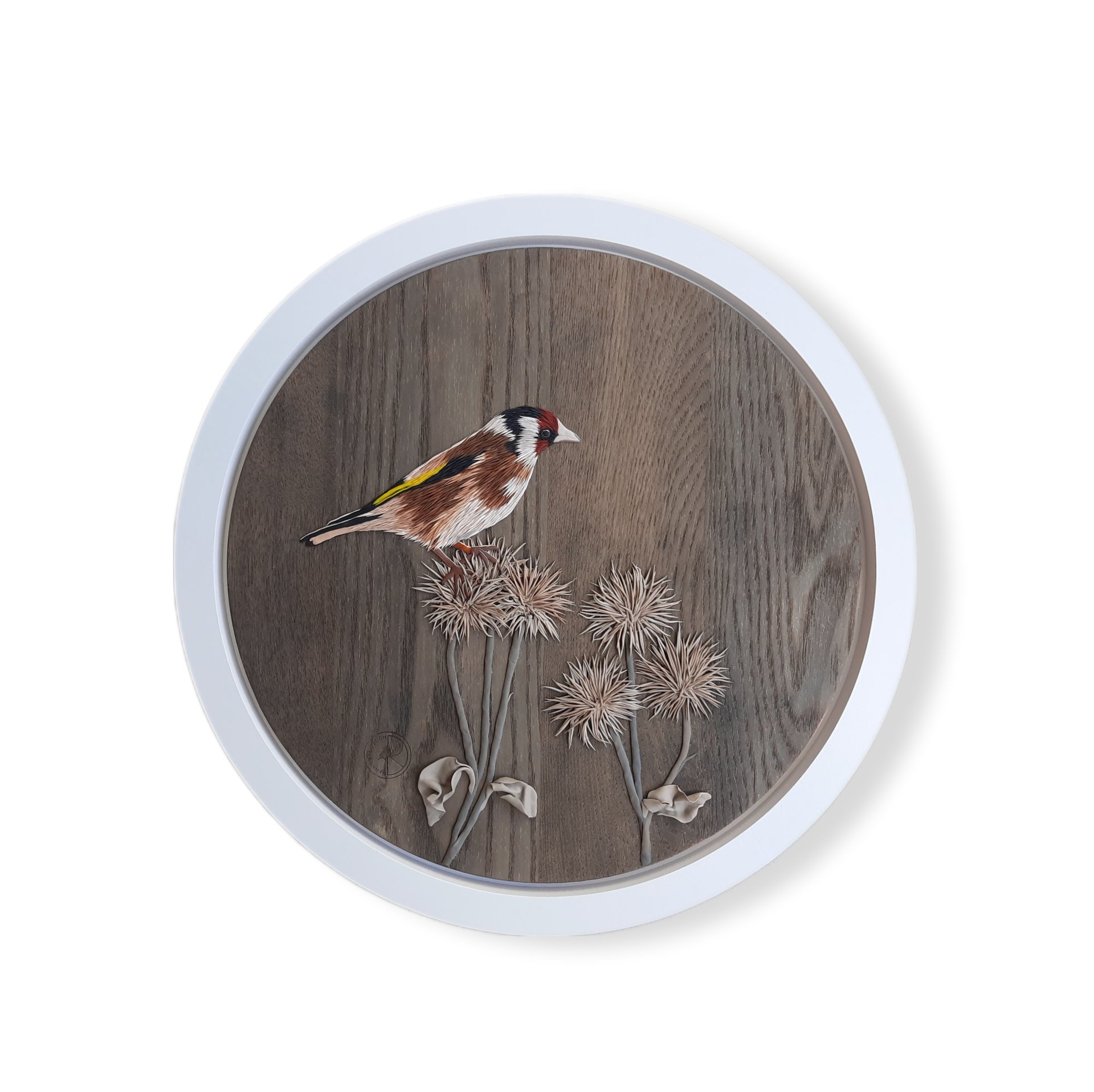Danny developed her own moulding technique to create unique, detailed art pieces out of polymer clay. By mixing the coloured polymer clay and by adding texture she creates depth which gives life to each design. Each piece is carefully hand sculpted then baked to harden, once baked they are glued mostly to a wooden surface for hanging.





